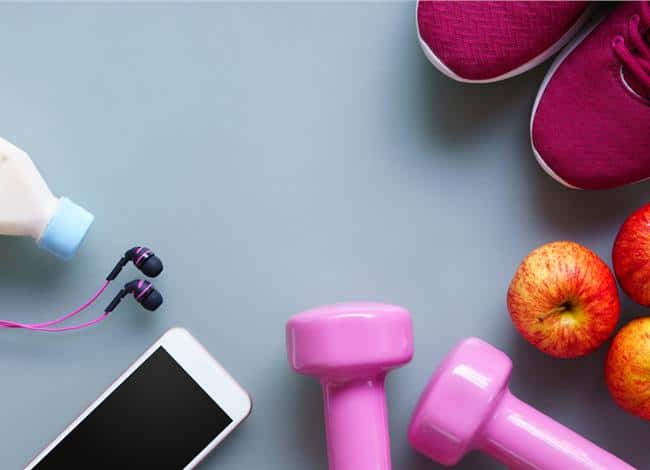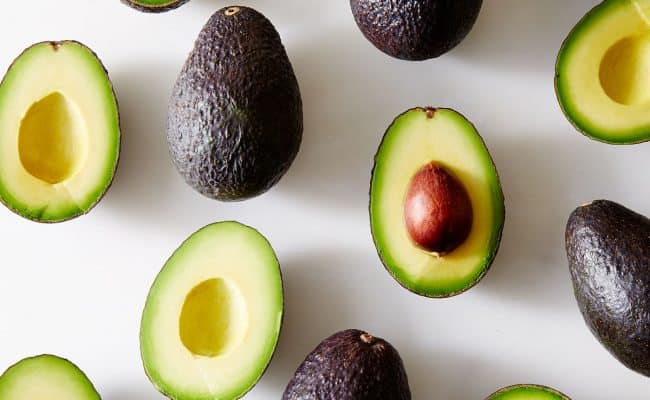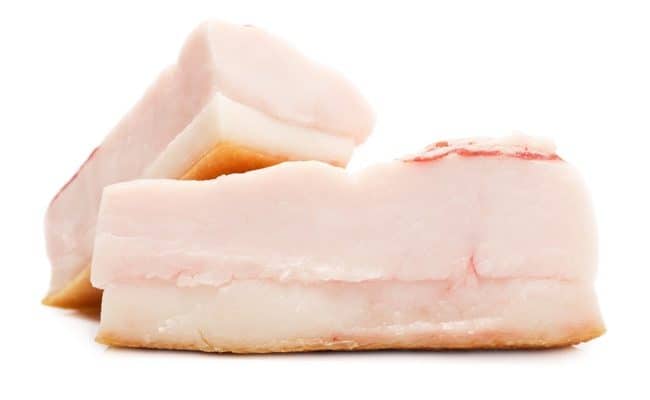
Losing 20% body fat will require significant changes and will not happen immediately. Losing body fat takes time, dedication and consistency to a healthy lifestyle.
According to recent data approximately 30% of the global population is considered overweight or obese. In the US alone approximately 2 out of 3 adults are considered overweight or obese.
With the high prevalence of obesity, the health concerns associated with such as cardiovascular disease, type 2 diabetes and certain cancers are a growing global concern. The need for lowering risk of obesity and extra fat mass is urgent.
The ways to lose weight are numerous. However, weight loss methods don’t always translate to losing fat mass.
Weight loss, especially if it is fast and from unsustainable methods, can often result in weight loss that includes lean mass.
The healthiest way to improve health is focus on losing body fat which may not be the same as general weight loss.
According to the American Council on Exercise (ACE) (1), some weight loss methods can mean losing 25% of lean muscle mass for every pound you lose.
How can you help promote fat loss without losing muscle mass? Focus on eating a healthy diet and doing both cardio and resistance exercise while staying away from the fad diets and supplements.
Best Way to Lose Body Fat
Losing 20% body fat will require significant changes and will not happen immediately. Losing body fat takes time, dedication and consistency to a healthy lifestyle.
Even if you don’t see the change you were hoping for in your measurements, making healthy lifestyle changes can have a significant improvement on your health.
Cutting out sugar for weight loss
One of the first steps for any weight loss program is to cut out excess sugar.
Sweetened foods like soda pop, sweet tea, other sweetened beverages, candy, sweet cereal, cookies, cakes, etc. are all considered empty calorie foods.
They provide little if any nutritional benefit and will raise blood sugar levels soon after consuming. Cutting out sugar sources in your diet can be a first step for losing fat mass.
Cutting out sugar sweetened beverages is a top priority for your overall health and for weight loss.
Several studies (2) that consuming sugar sweetened beverages is associated with weight gain.
Adding in some high intensity exercise
Exercise should be a component of any weight loss program. Relying solely on exercise itself may provide disappointing weight loss results (3).
Following a diet only approach for weight loss can lower metabolic rate and may increase rate of lean muscle loss.
Therefore, implementing both healthy eating and exercise behaviors is needed for losing body fat.
Any exercise has health benefits and how much exercise you should start doing for losing weight should be discussed with your healthcare team first because there are individual health factors that may guide your exercise amount and method.
Moderate and high intensity exercise has both been shown to offer benefit for fat loss. However, some research has shown high intensity intervals as exercise may have an advantage for fat loss.
A 2014 study (4) found running sprint intervals three times a week for 6 weeks led to significant decrease in body fat percentage and waist circumference.
These sprints were 4-6 all out sprints for 30 seconds followed by 4 minutes of rest. High intensity intervals are done at a high intensity, but it is short in duration followed by a rest period.
A 2008 study (5) also found high intensity exercise training in obese study participants led to significant reductions in total body fat compared to the group that did steady state moderate exercise.
Both groups exercised for the same time amount and three times per week.
Incorporating resistance training while trying to lose body fat is also recommended, as this can help you keep lean muscle mass during weight loss.
General recommended guidelines for resistance training are 2-3 days per week for each major muscle group.
How much cardio exercise you should get to lose 20% body fat can vary. In general, you will probably need to do more than the 150 minutes per week of moderate exercise for significant weight loss.
Get your calcium
Eating a well balanced diet that includes nutrient rich foods like lean proteins, heart healthy fats, fruits, vegetables, legumes and whole grains is recommended for supporting weight loss efforts and overall health.
In addition to following a healthy diet, making sure you get enough calcium in your diet could help with losing body fat.
A 2004 study (6) suggests calcium has been shown in other studies to have anti-obesity effects.
In this study, researchers put obese study participants on a controlled calorie diet that was either providing 400-500 mg per day of calcium or 1100 mg per day of calcium.
At the end of 15 weeks, researchers found fat loss was significantly increased in the higher calcium group.
Do you need to lose 20% body fat?
Knowing your body fat percent estimate can be helpful as a measure of your health. Many people assume if they are considered in a “healthy” BMI category they have nothing to worry about for their health.
However, just because your BMI is within a healthy range doesn’t mean your body fat is. Vice versa, just because your BMI number may put you in an overweight category doesn’t mean your body fat is necessarily high.
Do you need to lose 20% body fat? It depends where your body fat percent is. According to ACE (7), body fat for women can range between 14-31% for healthy range.
If your body fat percent is estimated to be around for example 35%, you don’t need to focus on dropping down to 15% body fat.
Dropping your body fat closer to 25-30% is within a healthy range. Between 14-21% body fat for women is usually seen in athletes.
For men, between 6-24% body fat can be considered healthy. Over 25% can be considered obese.
Just because a man’s body fat percent is 30% doesn’t mean he has to lose 20% body fat.
If you have questions about where you should be for body fat percent, work with a health professional for measuring and setting a goal for body fat percent.










